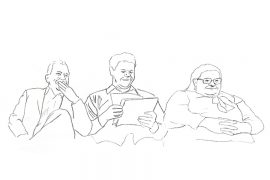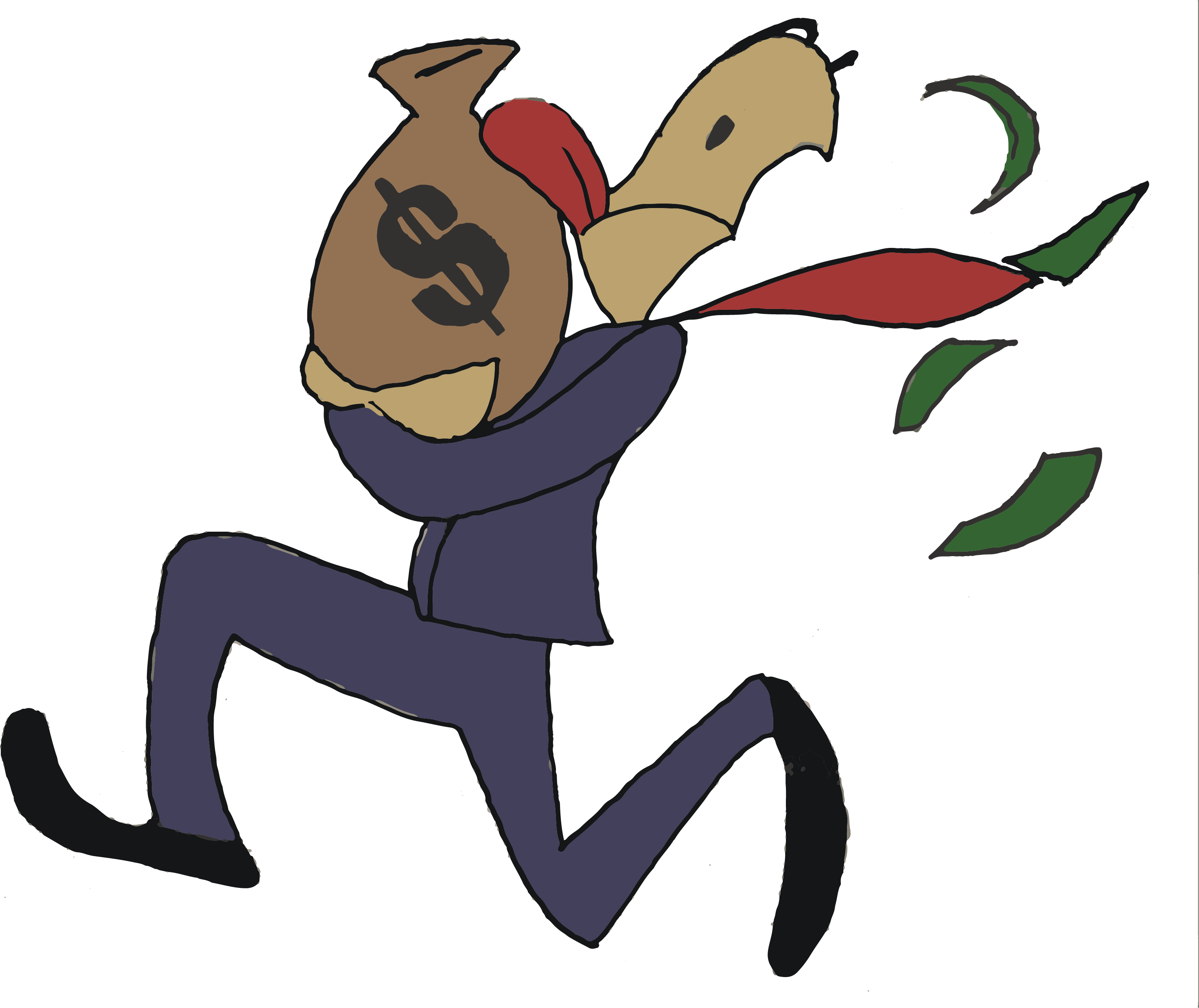Few things are considered more “American” than football and the military. But what does the classic American pastime bear in common with the armed forces? While they don’t share a purpose, they both cultivate another staple of American culture; a toxic, pervasive form of masculinity that perpetuates sexist, homophobic behaviors and ideals.
One noted problem that is a commonality between the two organizations is the issue of domestic abuse and sexual assault. While the current reported rates are already troubling, many argue that the actual rates are likely much higher when accounting for the number of cases that are either unreported, or are swept under the rug for the sake of saving face. For example, male active duty service members are sexually assaulted at a rate over 80 times higher than the national average. This number has increased since the repeal of “Don’t Ask Don’t Tell,” because until late 2011, members could be discharged for engaging in any sort of homosexual conduct. This number will likely continue to rise as more people become comfortable with reporting sexual assault, however it is still largely underreported. In the case of the NFL, a database of all NFL arrest records by USA Today is riddled with reports of sexual violence. NFL players even have a 39% higher rate of domestic abuse than the general population, and are more likely to be arrested for violent crimes.
While issues within the NFL are occasionally addressed, such as the case with Ray Rice’s assault of his girlfriend, these crimes frequently go unnoticed by the general population, which is largely due to the failure of the organization to adequately punish players who are implicated in violent crimes. In fact, during the 2017 draft, six of the players recruited by NFL teams were facing charges of physical or sexual assault. In the case of the military, estimates by the Huffington Post state that combat veterans are responsible for 21% of all domestic abuse cases nationwide, and 36% of active duty female officers report sexual violence from an intimate partner during their time in the service.
Sexual violence is only one of many symptoms of the effects of toxic masculinity within these institutions. Homophobia and transphobia are widespread manifestations of idealistic masculine culture. Both organizations mold their members to embody a hypermasculine image and point of view. Those that are perceived as less strong than others are bombarded with feminizing insults such as “pussy” or are told to “man up,” or “stop acting like a bitch.” Men are encouraged to be aggressive and violent because it lends favorably to their goals, while simultaneously demonizing characteristics perceived as feminine, such as emotional expression. Promoting aggression and emotional detachment makes it easier for people in the military to kill and participate in war. In the NFL it puts pressure on the players to ignore emotional distress and pain, and to tackle their opponents harder.
Furthermore, sexist and homophobic mindsets are supported institutionally by rules that reinforce stereotypes about gender and sexual orientation. The US military has a history of barring women and sexual minorities from participating in the service, and just last year there was an attempt to ban Transgender people from enlisting in the military by President Trump.
Though there have been efforts to eliminate a gender pay gap within the military, according to CNN only 15% of all active-duty personnel are women, and women are vastly underrepresented in top ranking positions, (only accounting for around 7%), and combat positions.
While not as explicitly sexist or homophobic as the military’s history of bans, the NFL’s policies regarding its cheerleaders have come under heavy scrutiny for enforcing a sexist double-standard. Players are free to date whoever they want, and don’t face punishment for engaging in parties; even in some cases evading conviction in cases of recreational drug use. Cheerleaders however, are subject to strict guidelines including rules dictating how much they are allowed to weigh, prohibiting them from wearing sweatpants in public, and banning any sort of association with the team or players, in personal or on social media, outside of game day. The latter policy in particular places sole responsibility on the cheerleaders to not fraternize with football players. In fact, some policies go as far as to say that if players walk into a restaurant or public establishment outside of the arena where the cheerleaders are, the cheerleaders must be the ones to leave. There has also never been an NFL player that was openly LGBTQ+ during their time playing for the league, and only 11 of its former players have ever come out despite employing over 23,500 players in its history.
Sexism and homophobia are by no means unique to the military and the NFL. The idealization of masculinity in the military and the NFL are damning symptoms of the United States’ own inherent biases regarding gender and sexuality, that also perpetuate these biases through their prevalence in American media and culture.
This article originally appeared in the print edition of our June 2018, issue.




